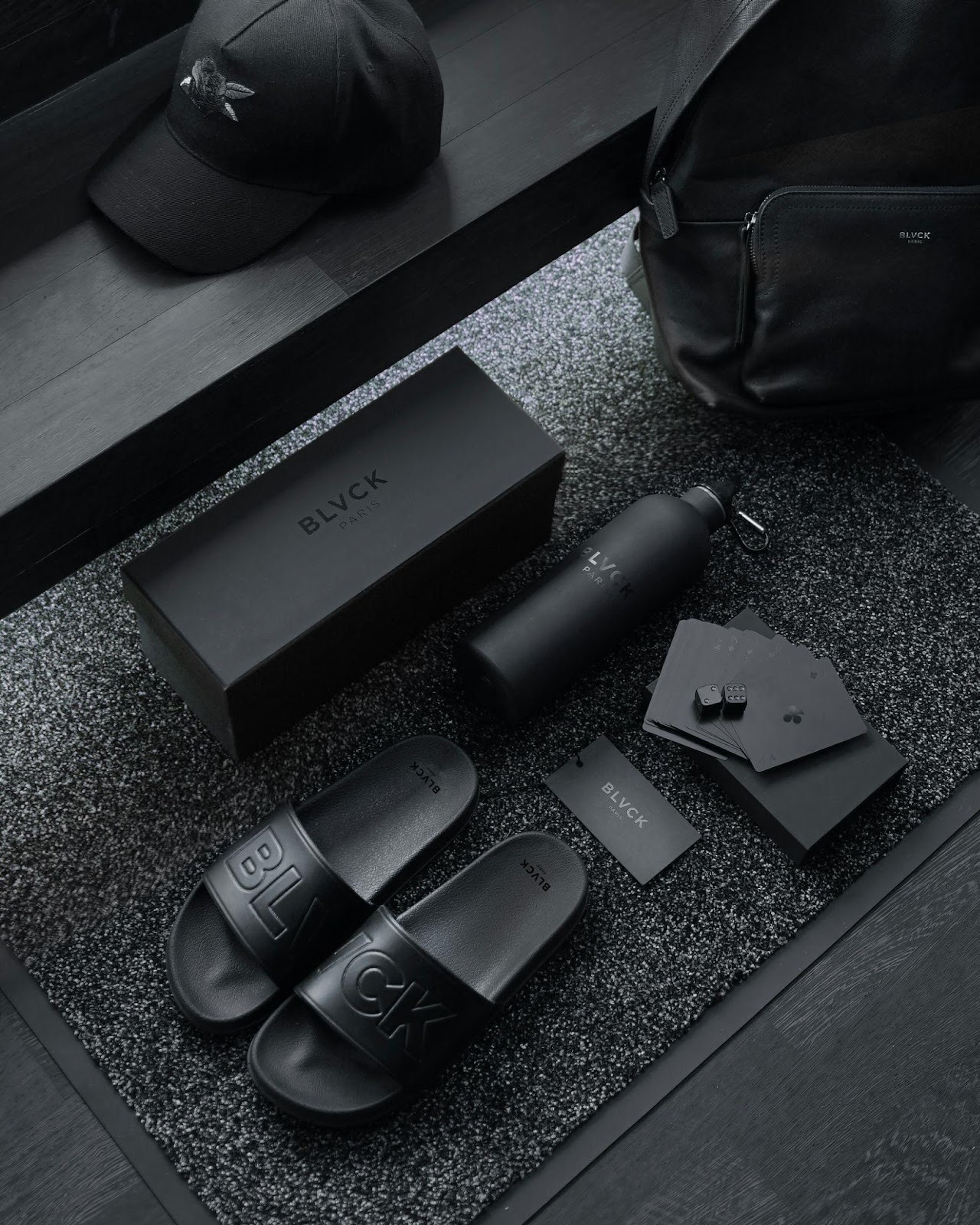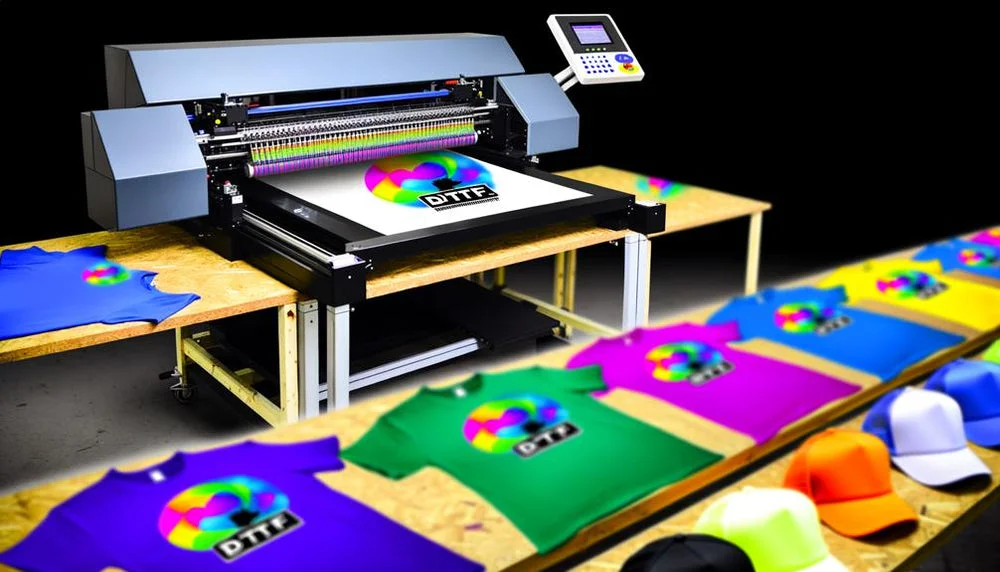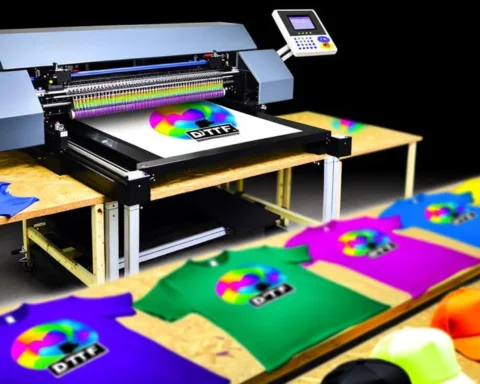Did you know that a single branded shirt or hat can generate 3,000-7,000 impressions over its lifetime, while the cost-per-impression for many promotional items drops to around one-tenth of a cent? That’s a level of visibility most ads would envy.
Promotional products are more than simple giveaways. They are physical touchpoints between your brand and your audience that your customers carry, use, or display in their daily lives. Each time such an item is used, your logo or message is reinforced, aiding recall and recognition.
In this article, we’ll look at the criteria for selecting promo products that align with your brand, budget, and audience. Additionally, we will delve into the traits that make some items perform much better than others, so that they don’t just sit in drawers but provide real marketing value.
- Define Your Objective First
Before you even start picking product types or browsing supplier catalogs, you must be clear on why you’re investing in promotional items. Your promotional items should serve a strategic purpose. Here are common goals and how they might influence your approach:
- Brand Awareness
You want more people to see your name, logo, or tagline. In this case, items with wide distribution and visual presence, like tote bags, drinkware, or chenille patches, are affixed to apparel and are useful because they can be seen in many contexts.
- Lead Generation
Pair the items with calls to action to trigger a desired next step (sign-up, download, visit). For example, giving bundle products for a more valuable giveaway. Add a QR code or a URL on the items that leads to a dedicated landing page or contact form for lead capture.
- Customer Loyalty or Retention
To enhance customer loyalty and retention, choose items that add perceived value for existing customers. Go for higher-quality items like non-woven shopping bags to show care for your customers.
- Event Engagement
For conferences, trade shows, or in-store activations, you want items that spark interaction or encourage people to share them on social media.
- Employee Morale / Internal Branding
Just as Scout patch placement allows members to display their achievements and foster a sense of pride and identity, companies can use branded badges or internal symbols for employees or volunteers to build unity and belonging.
- Know Your Target Audience
Understanding your audience means breaking them down into meaningful segments. This helps you avoid generic one-size-fits-all giveaways and instead tailor items to each group’s preferences and needs.
Useful segmentation dimensions include:
- Demographics: Age, gender, income, education, profession, location. For example, young adults in urban areas may prefer trendy, tech-oriented swag, whereas older audiences might value durability more.
- Psychographics: Lifestyle, interests, values, attitudes. Are they environmentally conscious? Fashion-focused? Tech lovers? Health and wellness oriented? By knowing these factors, you can choose items that resonate on a deeper level.
- Behavior / Usage Patterns: Consider how your consumers interact with your brand and what items they regularly use. Someone who travels a lot might appreciate portable chargers, travel organizers, or compact items, whereas someone working in an office might value desk accessories.
- Budget Considerations
Budgeting your promotional campaign wisely sets you up for success. Start by accounting for fixed costs like custom design, setup fees, and minimum order requirements, as well as variable costs, e.g., per-item customization, shipping, and handling.
A smart tactic here is to take a tiered approach (giving everyday useful items to many, and making premium gifts for important partners), so that you make every dollar work harder. Additionally, when you include often-overlooked elements such as packaging, logistics, or rush fees in your plan, you’ll avoid surprises and ensure your investment delivers lasting value.
- Brand Alignment & Relevance
To make promotional items truly effective, they should feel like natural extensions of your brand rather than random freebies. Start by choosing products that reflect what your brand stands for. For instance, if you embrace sustainability, eco-friendly products show that you walk the talk. Similarly, if you’re a tech brand, sleek and innovative items underscore that identity.
Moreover, the promo item also needs to make sense in your industry or context. For example, a wellness brand might lean toward herbal teas or fitness gear, whereas a finance company might go with refined office accessories.
Lastly, do not forget that design plays a key role too. Try to keep colors, logo placement, and typography consistent with your brand touchpoints so the items visually belong. But be careful not to overdo it, as cluttered logos or overly busy messaging can dilute impact. Stick to a clean, simple design as it often feels more premium and resonates better with audiences.
- Quality & Perceived Value
The quality of your promotional product directly reflects on your brand. A well-made item sends a message that you value excellence and attention to detail, while a cheap or poorly finished item can erode trust and lower your brand image.
Choosing durable materials, good finishing, and reliable suppliers helps ensure your product survives daily wear and tear. For example, items with strong stitching, top-quality fabrics, or high-grade metal hardware usually perform much better over time.
- Environmental Impact
With ever-increasing sustainability, the way you choose your promotional products reflects not just your marketing goals, but your responsibility to the environment. Traditional items often rely on virgin plastics, non-recyclable materials, and single-use packaging, and many of these products are discarded within a year.
Here’s how eco-friendly items not just reduce environmental harm but can also enhance your promotional product strategy.
- Brand trust & reputation: Consumers (especially younger demographics) increasingly favor brands that show environmental awareness. Using sustainably sourced or recyclable items signals you’re thinking long-term, not just about immediate impressions.
- Waste reduction: Items that are not durable or are made with non-biodegradable materials often end up in landfills, polluting ecosystems. Choosing reusable, recyclable, or biodegradable options helps cut down on waste.
- Resource & carbon savings: Materials such as organic cotton, bamboo, recycled plastics, or locally made products reduce the environmental cost of raw material extraction, manufacturing, and transport.
- Legal & Regulatory Compliance
When you plan promotional products, ensuring legal compliance protects your brand, your customers, and helps avoid costly lawsuits or recalls. Whether you are giving away apparel, food items, tech gadgets, or custom patches, there are some rules to follow.
- Product Safety Standards
For products that feature decorative items (printing, patching, painting), make sure the inks, materials, and finishes comply with relevant laws. Even “freebies” need to be safe.
- Certifications & Documentation
Use certified suppliers who provide documentation like a General Certificate of Conformity (GCC) or similar certificates for your region. These show that the items comply with all applicable safety standards.
Additionally, for children’s items or items that children can easily reach, you may need special testing or labeling.
- Trademark & Copyright Laws
When using logos, slogans, graphics, or images, ensure you own or have the license to use them. Unauthorized use of trademarked or copyrighted content, even on a promotional item, can lead to infringement claims.
The Bottom Line
As marketing shifts more into the fleeting digital space, tangible items still hold strong power even today. They remind, they connect, and they endure. With clarity of purpose, a defined audience, aligned brand values, and ethical quality, your promo items can become silent ambassadors of delivering value, trust, and visibility long after the campaign ends.
Your next move? Pick one promo idea, apply the decision points you’ve learned above, test it out, and observe its ripple effects. It’s not just about getting seen but also about being remembered.










